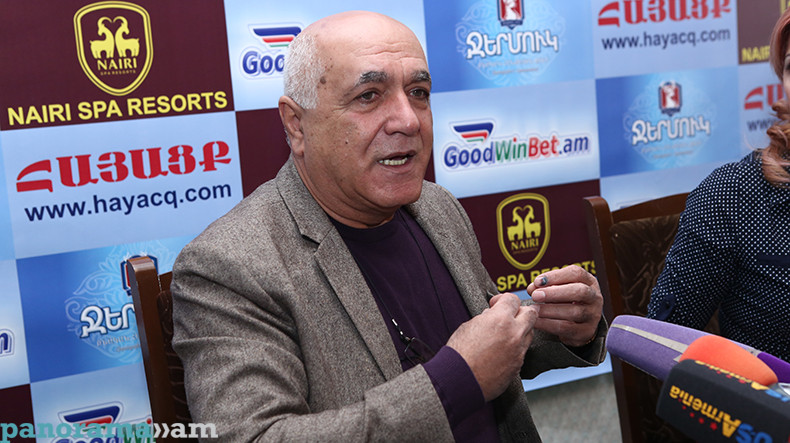
Cultural heritage should become a part of the public property, the archaeologist insists
“In our days we witness a rare interest toward our cultural heritage,” head of the Artsakh’s archeological excavation group of the Archeology and Ethnography Institute of the Armenian National Academy of Sciences Hamlet Petrosyan told a press conference, adding different attempts are made to involve the heritage not only in the cultural, but also business initiatives. The archaeologist, however, points out to the lack of viable programs aimed at protection and research of the cultural heritage.
To his views, the public is polarized over the matter.
“Each step aimed at popularizing the cultural heritage starts with the protection of those sites. The Soviet attitude implying the state to be the owner and the responsible for the cultural heritage regretfully continues today. We often complain about unprincipled, unjust and irresponsible attitude toward the cultural heritage by different state bodies,” said the archaeologist, reminding that in most of the world countries not the states are the owners of the cultural heritage.
“This is especially vulnerable for Armenia in terms of the existing absolute discrepancy between the need to protect the cultural heritage and the capabilities of the state bodies to do so,” Petrosyan said, exemplifying the ‘the catastrophic state’ of the monuments due to inflexible policy and the heavy burden placed on the state.
He further insists that the state shouldn’t act as the owner of the cultural sights.
Martirosyan points out to different approaches, like community or licensed administration of the cultural heritage, highlighting the necessity to change the legislation to turn the cultural heritage into a part of public property.
“There are number of forms starting with individuals who can commit themselves to take care of the cultural heritage through legally binding contracts to organizations, who may take the obligation to use or exploit the sights in accordance with the license agreement. Other approaches include the community administration, when structures at a community level could monitor the cultural heritage under their possession,” Martirosyan suggested.
Newsfeed
Videos






























